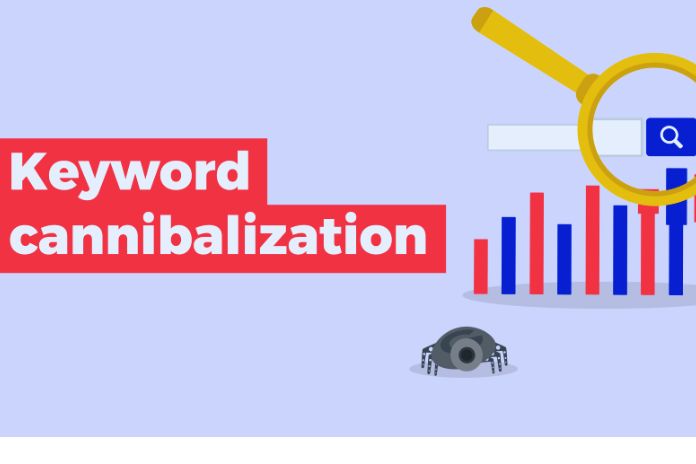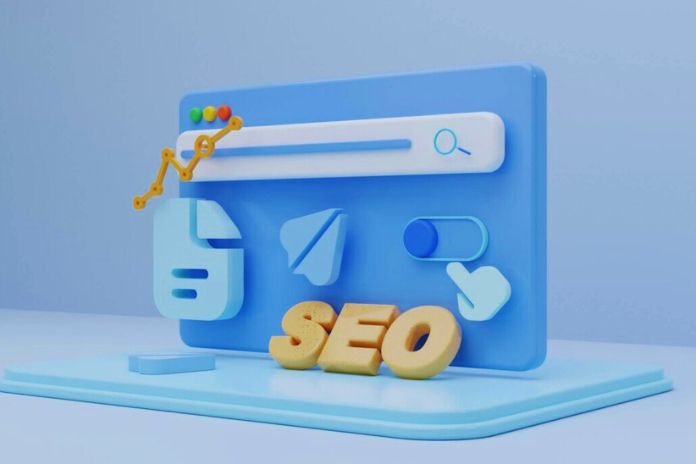We all know that good or bad marketing decides the success of a product, but have you ever wondered what is the best definition of marketing and what are the essential elements for a strategy to be successful? Today I want to help you refresh these basic concepts by telling you everything you did not know (and now do) about the marketing mix and the 4Ps of marketing . Let’s go there!
What Is The Marketing Mix?
One definition of marketing that I like is “putting the right product in the right place at the right price and at the perfect time.” Each of these points seems simple, but hides a lot of work behind it. And for the product to work, you need all of them to be ready: a single element out of place can be a disaster for your brand.
The marketing mix is a concept that we use to refer to the entire set of decisions that organizations must make to bring a product or service to market. There are different ways to classify these decisions. The 4 Ps is probably the best known and most useful, but there is also talk of the 7Ps (an expanded version of them) or even the 4Cs (from the consumer’s point of view).
The 4Ps Of Marketing
As we’ve just seen, the 4Ps are a simple formula for identifying and working on the core elements of the marketing mix . Although it is not new at all (it was first proposed by EJ McCarthy back in the 1960s), it is still a very advisable classification to quickly clarify the central points of your marketing strategy. It is based on four different elements.
1 #Product Or Service (Product)
The product or service is at the root of any marketing strategy, since it is the means through which the needs of the target audience are met: what can we offer them?
From the point of view of modern marketing, it is preferable to define the product from the needs and motivations of the customer and the benefits it brings, rather than from the characteristics or “objective” attributes.
Within this P of marketing we must define the company’s product portfolio, what is its life cycle and how they differ from the competition. The image, the brand, the packaging or the after-sales services also fall within this key element.
2 #Point Of Sale Or Distribution (Place)
Distribution deals with defining and managing the channels for a product to reach consumers. The strategic points of commercialization can range from an ecommerce to a distribution chain with physical stores in several countries.
The purpose of the distribution strategy is both to facilitate customer access to the product or service and to help sales by providing a good brand experience.
Within this P we have all kinds of decisions regarding storage, inventory management, transportation, location of point of sale, off and online ordering processes.
3 #Price (Price)
The final price of our product or service is one of the most complex marketing decisions , since it involves a lot of factors:
- Product manufacturing costs
- The commercial margin that we expect to obtain
- The economic objectives of the company
- The demand for our product or service in the market
- The prices of the competition and possible substitutes
- The purchasing power of consumers
- Trends and tastes
- The positioning of the product: sometimes it is interesting to raise the price to give a higher quality image
When setting the price, we must also take into account factors such as payment methods or discounts. In the end, only customers can decide if the price of the product seems appropriate or not.
4 #Promotion (Promotion)
And last but not least, we find promotion: all the communication actions that we carry out to publicize the characteristics and benefits of our products and services in order to increase sales.
This P is a true “mixed bag” in which many different forms of communication fit: advertising, public relations, personal selling, direct marketing… Today, digital marketing influences all of them. No matter how “traditional” your product or service is, you need to be up to date with trends, news and marketing news
What Questions To Ask Yourself With The 4Ps
As you can see, each of the 4Ps has a lot of factors to consider, so you may feel overwhelmed when making decisions. To make your task easier, I have created this questions that you have to ask yourself to clarify each of the 4Ps.
1 # Questions about the product or service:
- What does the consumer want from my product or service?
- What are the benefits it offers?
- What needs does it satisfy?
- Are there other ways to meet the same needs? If so, what advantages and disadvantages do you have over them?
- What are the characteristics of the product or service? Is it possible that something is missing that can improve my offer? Am I including one that is expensive, but does not provide enough value?
- How and where will my product be used? Are there several different usage scenarios?
- What is its appearance? Are there different sizes, colors, etc.?
- How does it complement other products or services, from my company or from others?
- What will the consumer experience be like when using it?
- What’s it called? What will the brand be?
- What will make it different from the competition?
2 #Questions About The Point Of Sale Or Distribution:
- Where do customers go to find my product or service? Some ideas: specialized stores, supermarkets, online, through catalogs …
- How can I access the right distribution channels?
- Do I need to have a sales force? Go to fairs in my sector? Send samples to catalog companies? Being in contact with online sellers? Set up my own online distribution site?
- What is my competition doing, and how can I learn or differentiate myself from them?
3 #Questions about the price:
- What is the manufacturing cost of my product or service?
- What trade margin do I need to obtain?
- What is the value of my product or service to the consumer?
- What are the usual prices for products and services similar to mine?
- How price sensitive is my typical customer? Is it possible that a small decrease will win me many clients or that a small increase will go unnoticed?
- Can I offer discounts and promotions at specific times, or for certain types of customers?
- How is my price compared to the competition?
4 #Questions about the promotion:
- Where and when can I get my message across to the right audience?
- Which of these options suit me: banners, search engine advertising, social media marketing, radio, press, television, billboards, direct marketing, public relations, email marketing…?
- When is the best time to promote? Does my product or service have a seasonal component?
- What are my competitors doing and how should that influence my decisions?
- ¿ What KPIs will be used to measure the result of my actions to promote?
Use The 4Ps Of Marketing
I hope that all this information has helped you organize your ideas, but do not forget that there is still the most important step: get going! Whether you’re looking to launch a new product or rethink your current marketing strategy, the 4Ps have a lot to offer you. This step-by-step plan will help you get the most out of this classic marketing formula:
- Identify the product or service that you need to analyze.
- Answer the questions on the list in the previous section. As much as possible, try to base yourself on objective facts. If you have doubts or feel that you do not have the appropriate information, it is time to invest in a good market study.
- Once you’ve defined your marketing mix with these questions, it’s also a good idea to take a look at it from your consumer’s point of view :
- Does it meet all your needs? (Product or service)
- Will you find it at the points of sale you usually go to? (Distribution)
- Does the price seem right to you? (Price)
- Will the brand messages reach you to motivate you to buy? (Promotion)
- Create hypotheses by turning your answers around with “why?” and “what if…?” For example, “what would happen if I raise the price by 5%?” “What if I put more sizes on sale?” “Could I benefit from selling through my own ecommerce?” “What happens if I move 25% of the investment from Facebook Ads to Twitter Ads?”
- Time to take action! Test the hypotheses in the previous section, measure the results and incorporate the changes that prove worthwhile into your strategy. Finally, don’t forget to establish regular checks on your entire marketing mix strategy, as market circumstances change faster and faster. Good luck!












Leave a Reply